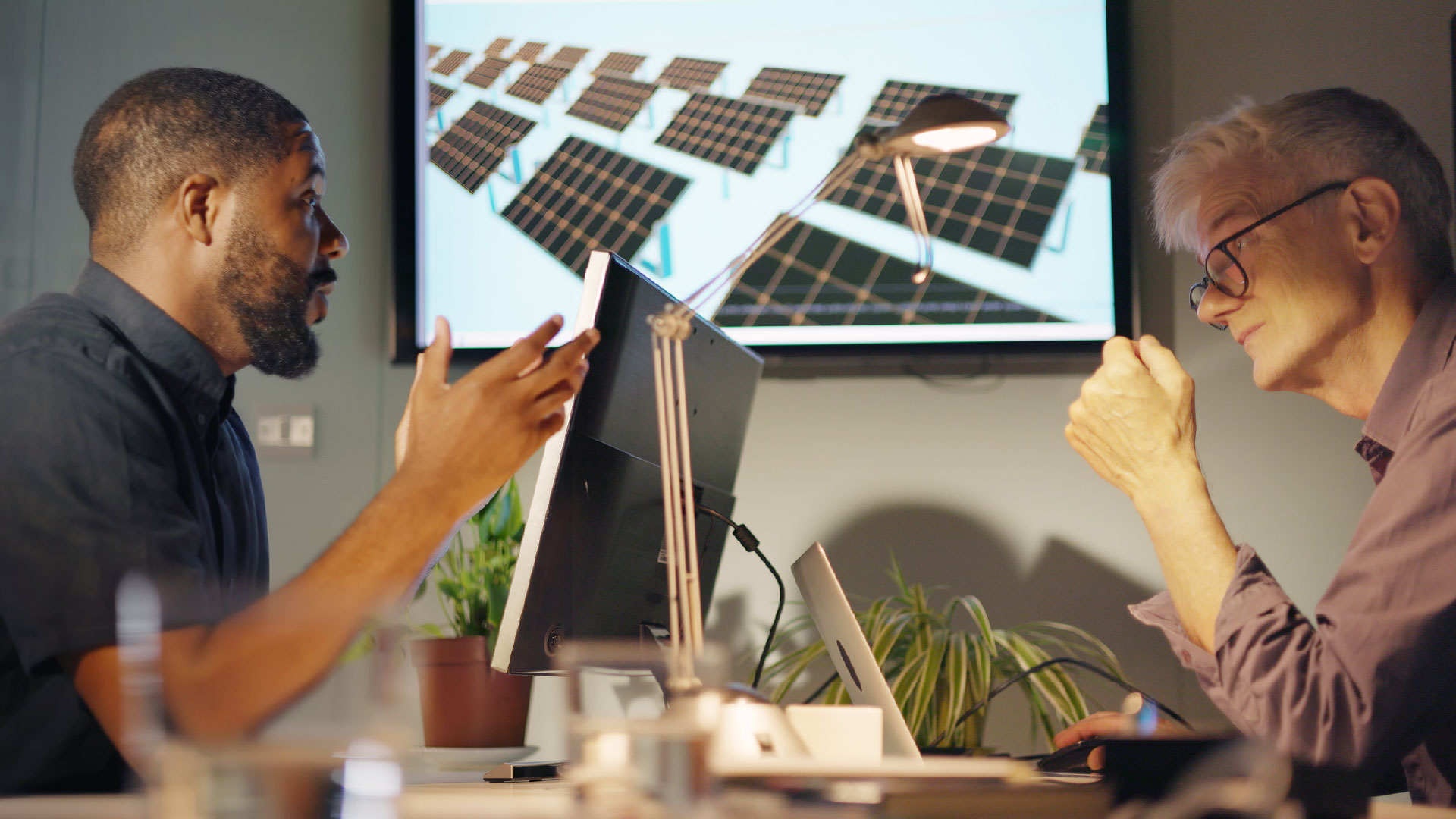Market Overview: Building Decarbonization

Alice Saunders
16 Jul, 2024
Access this research
Access all Carbon Management Software content with a strategic subscription or buy this single report
Need help or have a question about this report? Contact us for assistance
Executive Summary
Building decarbonization will be critical to cut global emissions and for businesses and governments to meet their net zero targets. The technologies required are already fully developed and available. Nevertheless, an adoption problem persists. Due to split tenant and landlord incentives, high price points and long implementation timelines, this has been a slow-moving space over the past 10 years. However, with the pressures of looming net zero target deadlines, and with investor, employee and tenant demands growing, investment is poised to expand. The majority of the buildings that will be in use in 2050 are already in existence; as a result, this report focuses on existing building decarbonization. It charts the drivers and challenges, and categorizes the stages of building decarbonization; explores how services and software play into these; and details the current and future state of the market. Sustainability executives can use this report to discover the interventions they can take to decarbonize their buildings and benchmark their progress against peers. Software and services firms should read this report to understand what businesses are buying and how the building decarbonization market will develop.
Building decarbonization shows almost no progress since 2015
Business risks and stakeholder demands make a strong case for building decarbonization
But high costs and stakeholder conflicts are killing progress
Building decarbonization is adopted piecemeal, due to cost
Data-tracking and equipment optimization: the cornerstone of building decarbonization
Services, software and hardware all play a role in building decarbonization
Small-scale optimization fades to the background, as big energy investments take centre stage by 2030
With data collection and light retrofits accomplished, businesses are searching for viable big emission cuts
Organizations will target more comprehensive energy strategies in the next five to ten years
Business risks and stakeholder demands make a strong case for building decarbonization
But high costs and stakeholder conflicts are killing progress
Building decarbonization is adopted piecemeal, due to cost
Data-tracking and equipment optimization: the cornerstone of building decarbonization
Services, software and hardware all play a role in building decarbonization
Small-scale optimization fades to the background, as big energy investments take centre stage by 2030
With data collection and light retrofits accomplished, businesses are searching for viable big emission cuts
Organizations will target more comprehensive energy strategies in the next five to ten years
Figure 1. Retrofit measures that make greater energy efficiency improvements generally come at a higher price point
Figure 2. The two types of building decarbonization intervention
Figure 3. Tracking and optimization are at the centre of the five stages of building decarbonization
Figure 4. ASHRAE case study shows how analysis and modelling inform deep retrofit and renewables procurement
Figure 5. Software, services and hardware offer varied support across each decarbonization stage
Figure 2. The two types of building decarbonization intervention
Figure 3. Tracking and optimization are at the centre of the five stages of building decarbonization
Figure 4. ASHRAE case study shows how analysis and modelling inform deep retrofit and renewables procurement
Figure 5. Software, services and hardware offer varied support across each decarbonization stage
3Degrees, Accenture, AECOM, AlphaStruxure, American Society of Heating, Arup, Autodesk, BCG, Bloomberg, Buro Happold, CaixaBank, Carlyle Group, CIBSE (Chartered Institution of Building Services Engineers), ClearTrace, CMS, Cohesion, Deepki, Deloitte, DEXMA, Diligent, DNV , dss+, Energy Star, European Commission, European Heat Pump Association (EHPA), FlexiDAO, Glasgow City Council, GRESB, Honeywell, IBM, Introba, Jacobs, JFK Airport, JLL, Johnson Controls, Knight Frank, Measurabl, Mott MacDonald, National Renewable Energy Laboratory (NREL), Novacene, Pexapark, Ramboll, Refrigerating and Air Conditioning Engineers (ASHRAE) , S&P Global, Schneider Electric, Schroders, Science Based Targets initiative (SBTi), Siemens, Spacewell, UK Green Building Council (UKGBC), UL Solutions, UN Environment Programme (UNEP), University of Glasgow, US Department of Energy, US Energy Information Administration (EIA), Verco, WSP, Zeigo
About the Authors

Alice Saunders
Industry Analyst
Alice is an Industry Analyst in the Verdantix Net Zero & Climate Risk practice. Her current research agenda focuses on climate risk solutions and biodiversity. Alice holds...

Ryan Skinner
Research Director
Ryan is a Research Director at Verdantix, where he leads a team of analysts delivering research, data and advisory services that help clients navigate the fast-evolving landsc...
View Profile





.png?sfvrsn=db470322_1)
